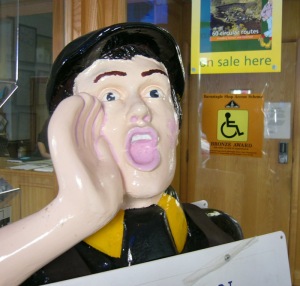It’s that time of the year when kids in my neighborhood setup the card table, a pitcher of lemonade and go into their first business.
I predict that one little girl will go far in this world and she reminded me of some of the business basics we all tend to forget from time to time.
Her sign in front of the card table read the usual “Ice Cold Lemonade, 25 cents!” All of the kids claim its ice cold. However this 9 year old took it one step further. Her sign also read, in big letters, “It’s Good!” Marketing 101; make your message and your product standout!
As I walked up to her stand she and her friend met me with a big smile and the usual little girl giggles. “How many glasses would you like” she asked. Remember your first sales manager stressing, “Ask for the order!” I put down my quarter and said, “one please.” They excitingly told me I was their 5th customer and their little brother was on his bike riding around telling everyone about their stand. They weren’t satisfied with the corner traffic and word of mouth, they were advertising.
As I drank the last of the lemonade I commented that it tasted good. The little girl said “Thank you” and then blew me away with her next question. “Would you like another one?” How many of us in sales miss an opportunity for another sale when we talk with our satisfied customers.
I was thoroughly enjoying this mini marketing encounter and the fact that someone in the family took the time to school these two little girls in the basics. However she wasn’t done with me. As I left she thanked me for coming and said, “Tell your friends about us!”
As I drove away I thought about how many orders I’ve missed down through the years because I overlooked some of those lemonade stand basics. How about you?



 Posted by clarkweber
Posted by clarkweber 


